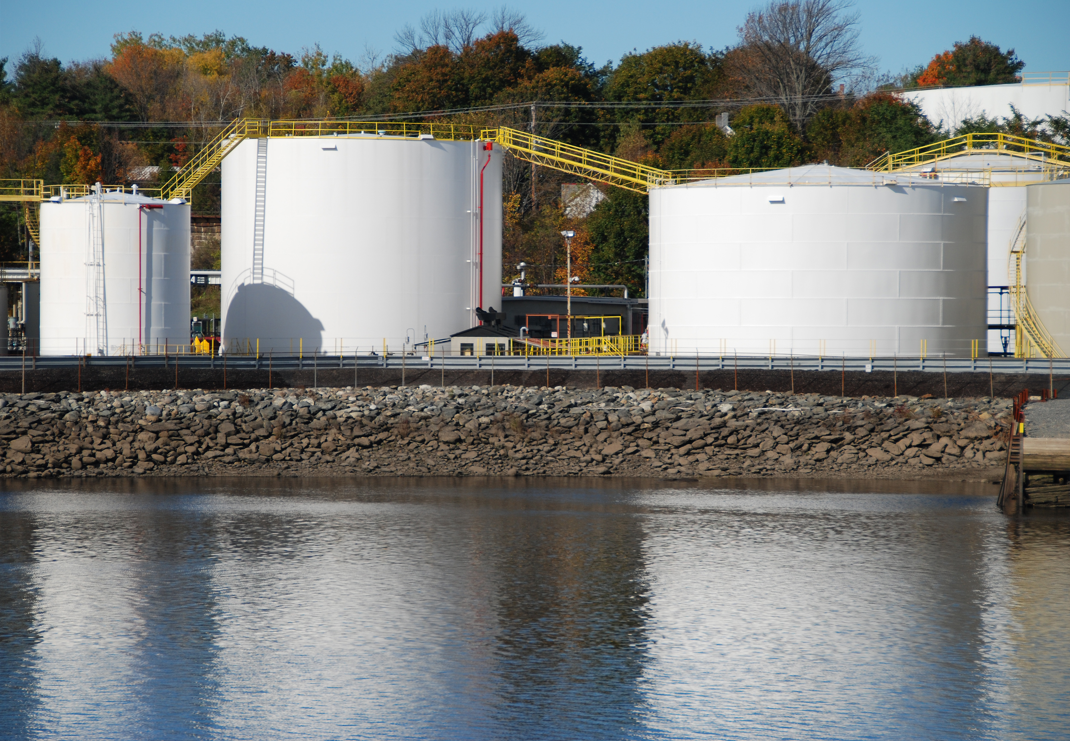
- admin
- November 29, 2021
5 Common Misconceptions About Above Ground Tanks
Purchasing or selling a home with an oil tank might be complicated. At GSC Tanks, we attempt to make this process as simple as possible by responding to any questions you may have. Many people have misunderstandings regarding above ground tanks in particular. Today, we’ve produced a list of the 5 most prevalent misunderstandings regarding above ground storage tanks :
1. “Aboveground Storage Tanks Are Safer”
This is the most widespread misperception concerning aboveground storage tanks. Aboveground heating oil tanks within a structure are much more dangerous than underground tanks. Clean-up expenses for an oil spill inside a structure may easily surpass $100,000. In addition to the cost, it requires the tenants to vacate the premises for the duration of the clean-up, which might take months.
2. “Buying a House with an Aboveground Tank Is Better”
Potential house buyers are sometimes led to assume that acquiring a property with an underground heating oil tank is less risky than purchasing a home with an aboveground oil tank. In actuality, most underground tank clean-ups cost between $9,000 and $20,000, and they generally take little more than 1-2 days to complete. Clean-up costs for aboveground tank failures within a house or business facility often start at $100,000, and the environmental dangers can take months to resolve. Many homeowner’s insurance policies feature exclusions for these types of environmental events.
3. “Spills of Aboveground Tank Are Easier to Clean”
In fact, in the majority of situations where an aboveground oil tank fails within a home, the vapors released by the spill can be harmful. To remove the polluted soil beneath the home, the structure is frequently lifted. In contrast, most clean-up techniques for an underground tank failure merely need the removal of contaminated soil and pose no health risk to home residents.
4. “Testing of Aboveground Tanks Is the Same”
Before engaging a business to check and analyze an above ground storage tank, make sure it complies with the USEPA’s and state agencies’ criteria for commercial tanks. The thickness of the tank, as well as an estimate of its life expectancy, may be determined using advanced ultrasonic technology.
5. “Frequent Testing Is Not Required for Aboveground Tanks”
To avoid the possible risk connected with aboveground storage tanks, it is critical to inspect and evaluate them. The US Environmental Protection Agency (USEPA) requires aboveground tanks in commercial buildings to be assessed on a regular basis. Despite the fact that aboveground tanks used by homeowners are exempt from the law’s requirements, these tanks should be examined on the same scale as commercial tanks to minimize future danger. It is critical that the aboveground tank’s life expectancy be included in this assessment.
- Aboveground Storage Tanks
- aboveground tank
Category
- Above Ground Fuel Tanks
- Above Ground Gas Storage Tank
- Above Ground Storage Tanks
- Above Ground Water Storage Tanks
- Agricultural Tanks
- Chemical storage Tanks
- Diesel Fuel Storage Tanks
- Diesel Storage Tanks
- Exernal FloatingRoof Tanks
- Farm Water Tank
- Fiberglass Oil Tanks
- Fiberglass Septic Tanks
- Fiberglass Tanks
- Fiberglass Underground Fuel Storage Tanks
- Field Erected Tanks
- Floating Roof Tank
- Food and Beverage Tanks
- Fuel tank
- Industrial Chemical Storage Tanks
- Industrial Gas Tanks
- Industrial Hot Water Storage Tanks
- industrial hot water tank
- Industrial Plastic Tanks
- Industrial Storage Tanks
- Industrial Tank heating pads
- industrial tanks
- Natural gas
- Natural gas vs Propane
- oil storage tank
- Oil Storage Tanks
- Peracitic Acid
- Petroleum Tanks
- Residential gasoline storage tanks
- Residential Water Storage Tanks
- Sodium Hydroxide Storage Requirements
- Sodium Hypochlorite Storage Tanks
- Steel Storage Tanks
- storage tank failure prevention
- Storage Tanks
- Sulfuric Acid Tanks
- Uncategorized
- UnderGround Storage Tanks
- Waste water tank
- Water Storage Tanks

 Tank Size Calculator
Tank Size Calculator





